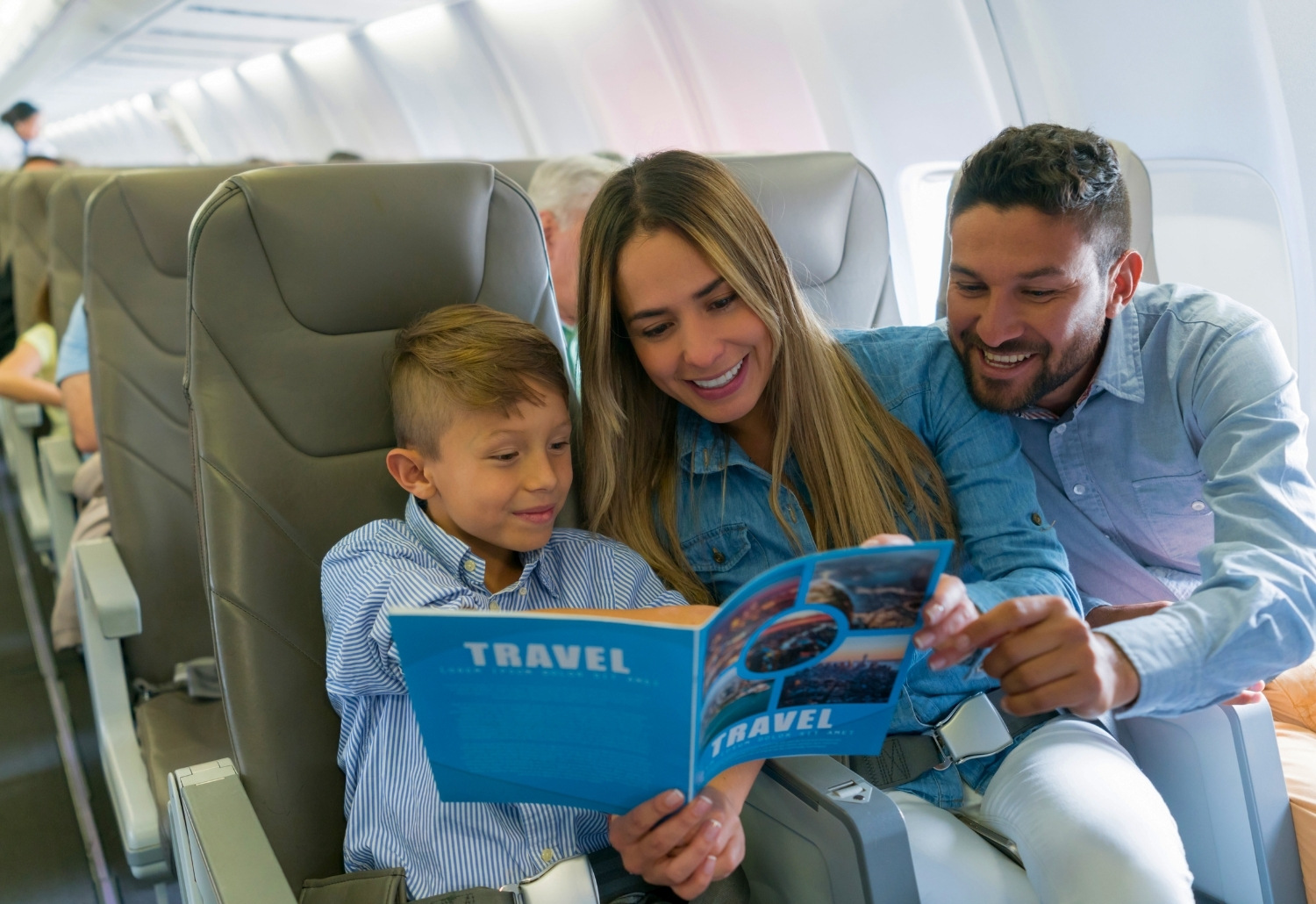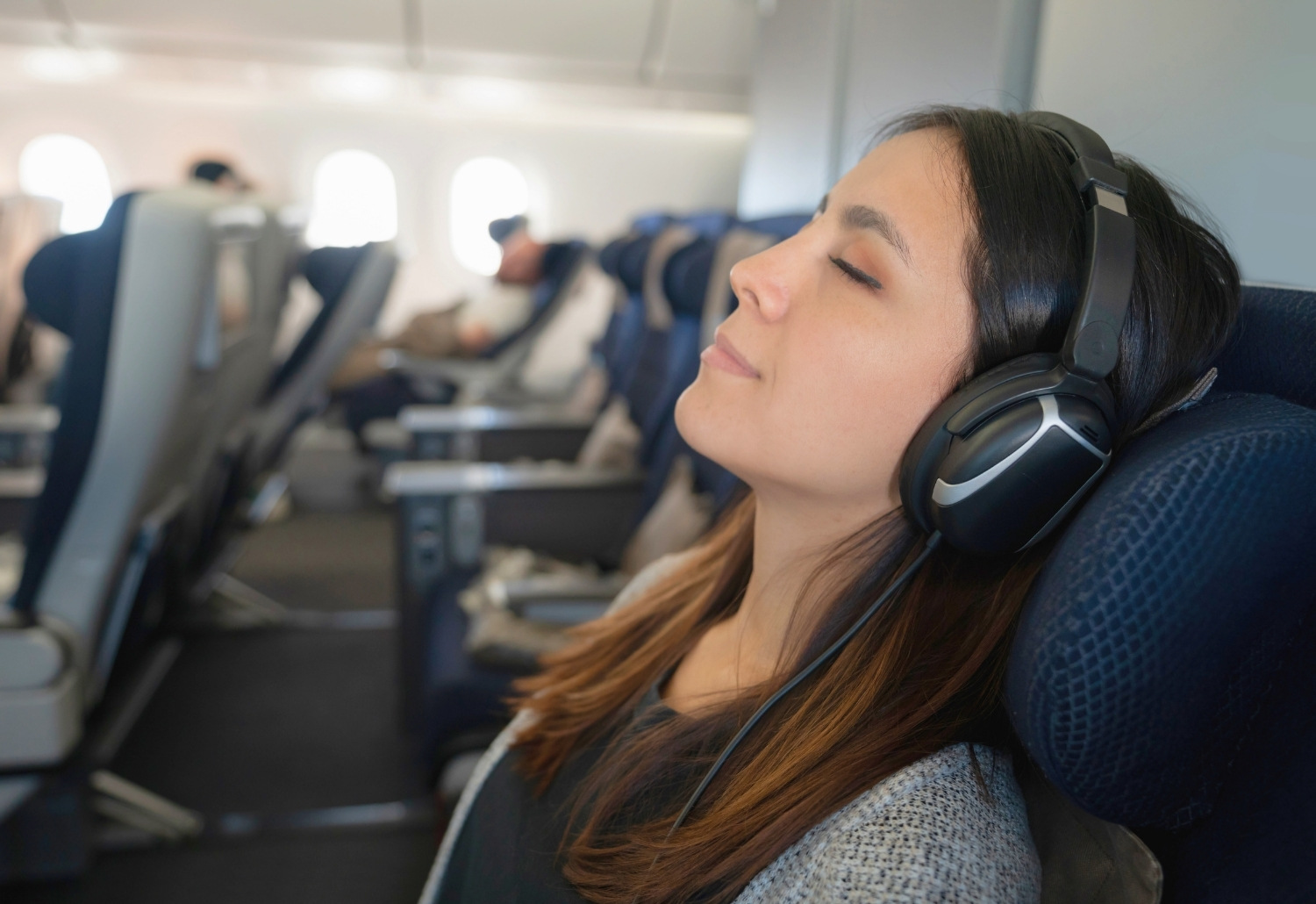Are you gearing up for a flight and wondering about the cleanliness of your surroundings? It’s essential to be cautious, especially when you’re in a confined space with strangers. Experts like microbiologist Jason Tetro highlight specific areas that are frequently touched and exposed to bodily fluids. These include the seat pocket, seat belt, tray table, restroom handle, and surprisingly, the headrest. According to travel reporter Andrea Sachs, her non-scientific swab test revealed that the bathroom sink handle, tray table, and inside bathroom door handle were among the top germ hotspots.
Understanding the Risk
However, the risk of contracting a virus from these surfaces is lower than commonly believed. Viruses need human cells to multiply, and they cannot survive for extended periods on surfaces. The primary mode of transmission for respiratory viruses like the common cold, influenza, and COVID-19 is through close contact with infected individuals within a confined space.
Protective Measures
To protect yourself from germs on planes, prioritize hand hygiene. Wash your hands frequently with soap and water or use hand sanitizer containing at least 60% alcohol. Since viruses can enter your body through your eyes, nose, or mouth, avoid touching your face with unwashed hands after coming into contact with high-touch surfaces.
Wearing a Mask
Wearing a mask during your flight is another effective preventive measure. Masks act as a barrier against respiratory droplets and aerosols, reducing the risk of airborne transmission. Whether it’s a scarf, neck tube, or a proper mask, covering your nose and mouth can significantly lower your exposure to germs.

Immunization Importance
Maintaining up-to-date immunizations is crucial, especially during cold and flu season. Ensure you’re vaccinated against influenza, COVID-19 (with the latest vaccine updates), and respiratory syncytial virus (RSV) if you’re at higher risk. Vaccination provides an added layer of protection against airborne illnesses during air travel.
Focusing on Hand Hygiene
While cleaning surfaces around you might seem like a proactive measure, experts like Dr. William Schaffner emphasize the importance of focusing on hand hygiene instead. Rather than worrying about disinfecting every surface, prioritize keeping your hands clean to prevent germs from spreading to your respiratory system.
Understanding Air Circulation
Remember, the air circulation on planes is segmented, akin to slices of bread in a loaf. The risk of infection from a sick passenger is higher if you’re seated within close proximity, such as in the same row or a few rows away. However, transmission via surfaces like armrests and seat belts remains relatively low.
In conclusion, staying vigilant about hand hygiene, wearing a mask, and staying updated on vaccinations are effective strategies for protecting yourself from germs while flying. By taking these precautions, you can minimize the risk of contracting respiratory illnesses and enjoy a healthier travel experience. Safe travels!

